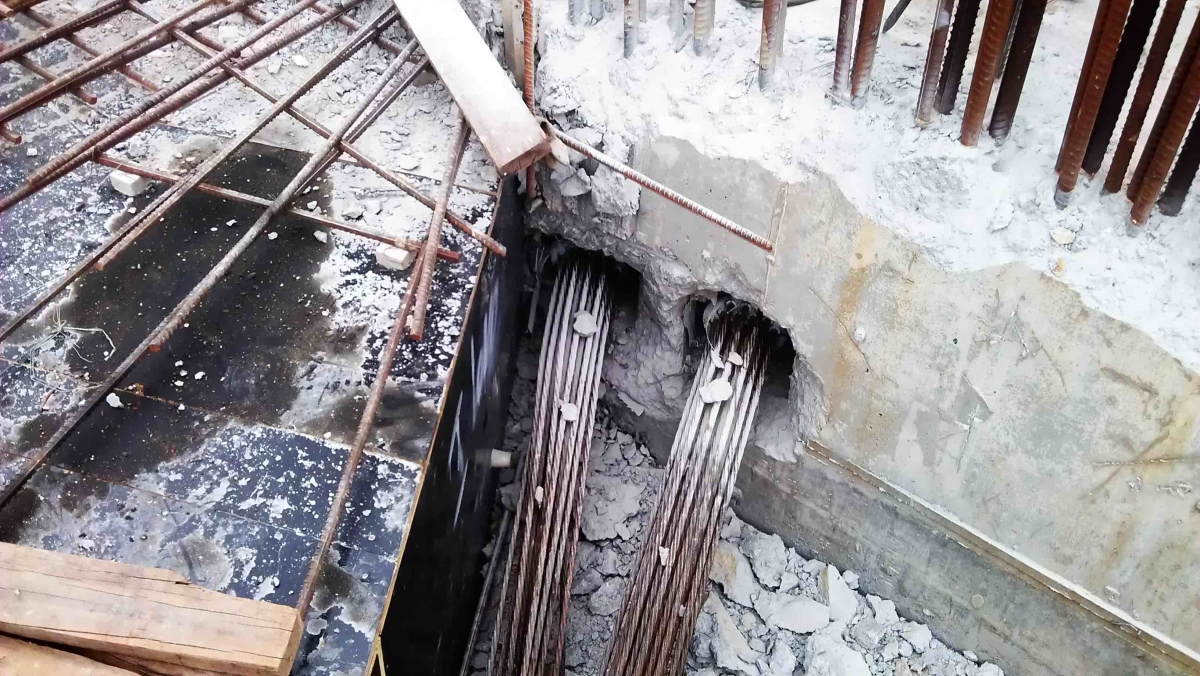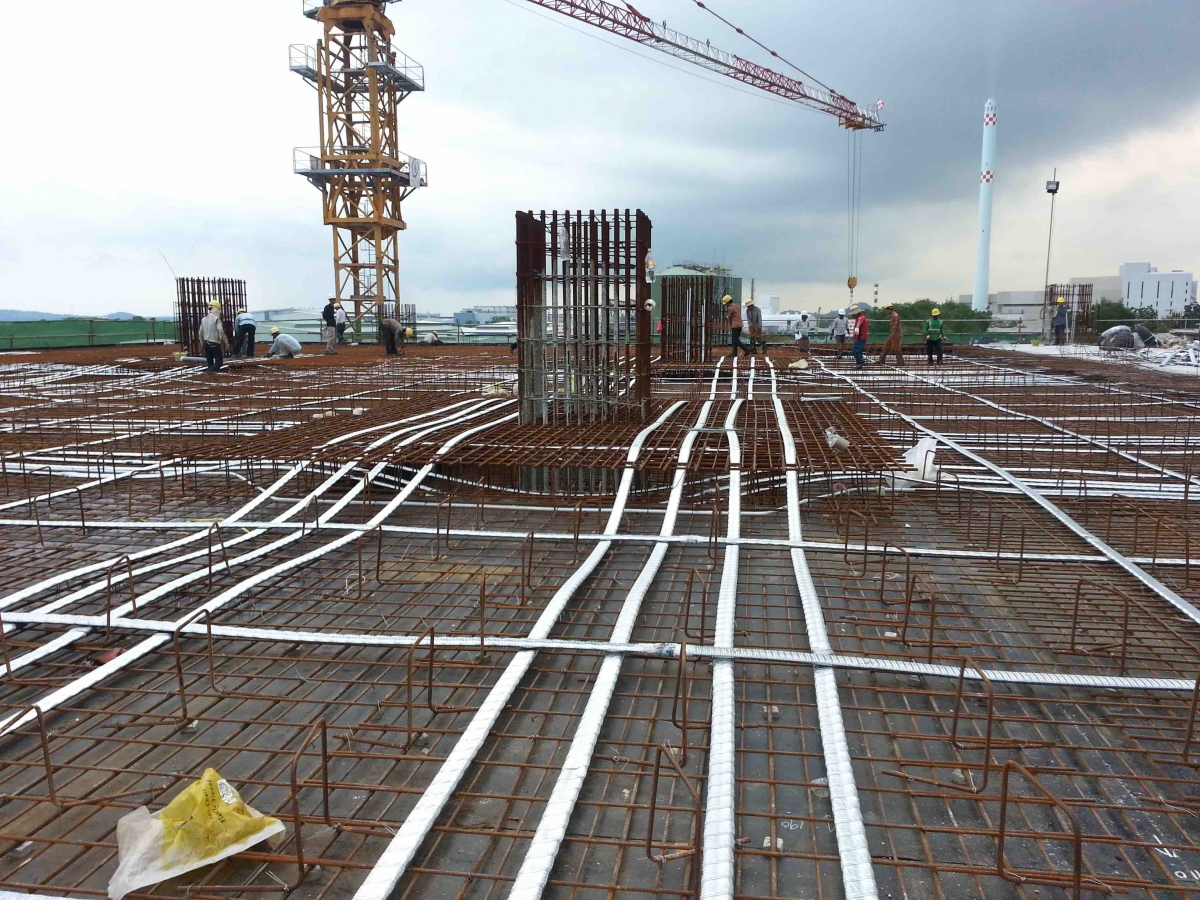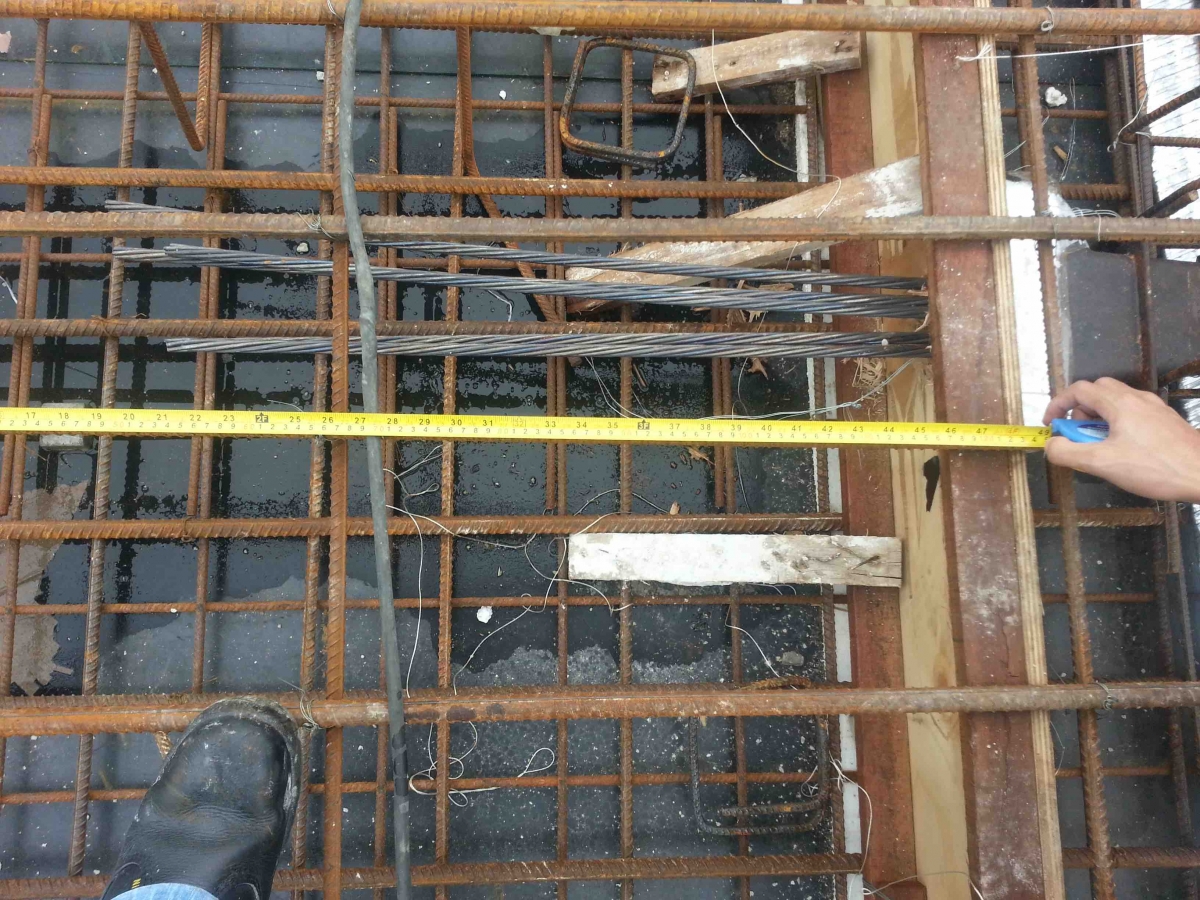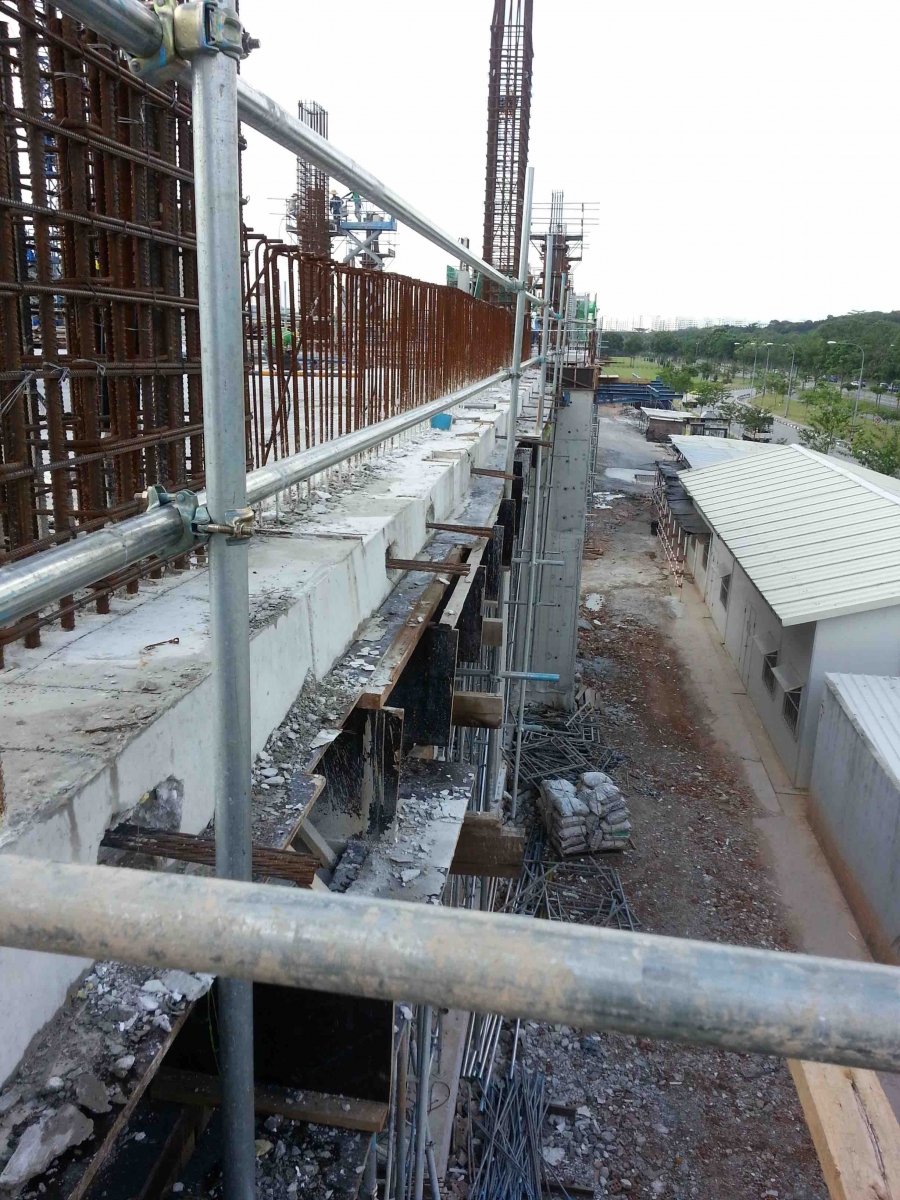PT
Production of Post Tensioning Accessories (Anchor Head & Wedge)
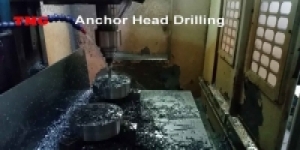
This simple video captures some process in our production of post tensioning accessories, namely Anchor Head and Wedge.
Anchor Head (also commonly known as Wedge Plate) is an important part of the post tensioning system. It works in tandem with the Wedge that holds the individual tensile element. The prestressing load is then transfer to the Bearing Plate. For some small tendon sizes, this prestressing force can be transferred directly to the structure without the need of Bearing Plate.
In the case of some mono anchorage system, the Wedge will hold an individual tensile element directly to the Bearing Plate.
Anchor Head and Wedge is subjected to Static Load and Fatigue (Reliability) Test. Hence its design and production quality control is of paramount importance.
Static Load Test requires the Anchor Head and Wedge to hold to a specific percentage (>95%) of the tensile element ultimate strength with a minimum elongation (>2%), with without premature failure of anchorage components, without undue deformations in the components, and without disproportionate relative movements between tensile elements and anchorage components.
As for Fatigue Test, the Anchor Head and Wedge have to go through 2 million cycles of fatigue loads (dynamic strength, 80MPa) without exceeding a specified percentage loss of tensile element cross section (<5%).
We hope this video provides some insight of our production process and gives our operators a better understanding of our commitment to quality control.
Bearing Plate is a very important element in a post tensioning system. It serve the purpose of transfering prestressing force derived from the tendon (tensile element, eg. PC strand) to the concrete. And it is precisely in this, that explains what we want to achieve in prestressed concrete structures, and thus we take a special interest on the Bearing Plate.
In our earlier blog post we shared on the testing we conducted on ‘Load Transfer and Static Load Test of Anchors in accordance to European Technical Approval (ETAG 013)’, we posted some photographs of Bearing Plate casted into concrete blocks for Load Transfer Test. Well, this is to test the ultimate load bearing capability of the Bearing Plate (by means of a Stressing Jack) under a real-life situation. As ETAG 013 specification clearly states under Load Transfer to the Structure; “Post Tensioning systems shall be able to transfer a specified percentage of the tensile element ultimate strength from the anchorage into the concrete structure, of a defined strength class of concrete, without undue cracking of the structure, and at deformations which stabilise within a given time frame”.
However, we are not going in-depth on this test procedure and result. Rather we are taking an interest on the manufacturing of the Bearing Plate. Bearing Plate is generally manufactured with ductile iron (eg, ASTM A536, Grade 80-55-06) or grey iron (eg, HT200, GB/T9439-2010), casted in a steel foundry. There are numerous ways in the production of Bearing Plate. From an automatic production line (eg, DISA) to a brick & mottar method of using moulds, very much like how we produce precast concrete products.
We take a particular interest in a method we are familiar with, and that is, the usage of polyfoam to bring our Bearing Plate to life!
The polyfoam is produced to the exact same shape and size as the actual Bearing Plate. And then a layer of clay is coated over the polyfoam to form an ‘temporary’ mould over it. Molten iron is then poured into this temporary mould through a small opening, and the polyfoam inside will then be burnt away. With the disappearance of the polyfoam, the molten iron will then filled up the temporary mould. Once the molten iron cools down and harden, the removal of the exterior clay will then give us the Bearing Plate we wanted.
We posted some photographs of our Bearing Plate production process and we hope this will provide some insights of our daily production activities.
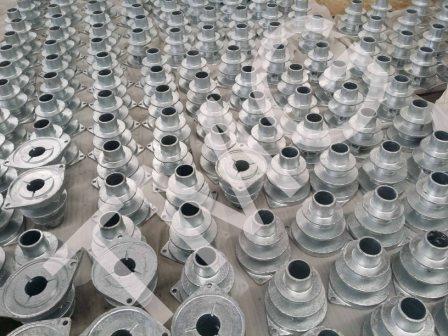
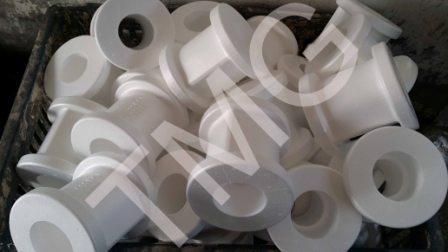
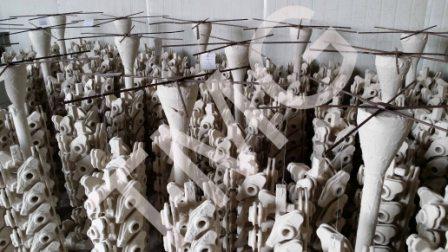
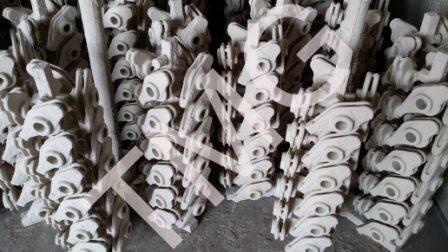
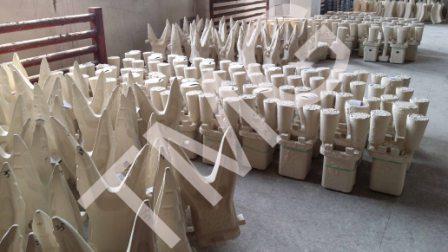
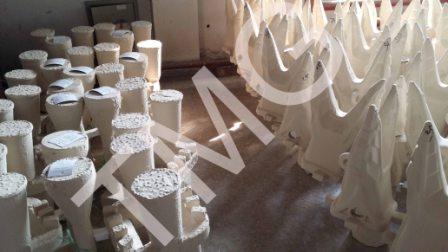
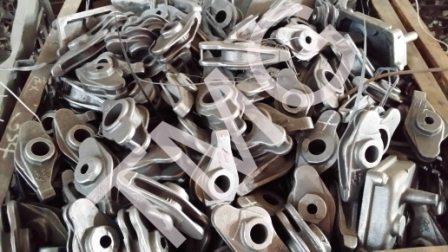
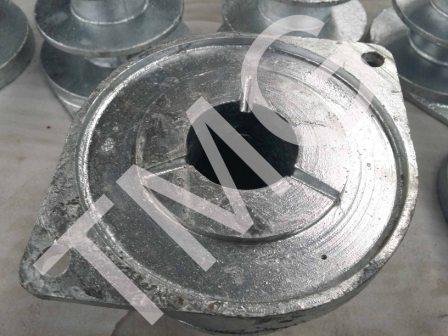
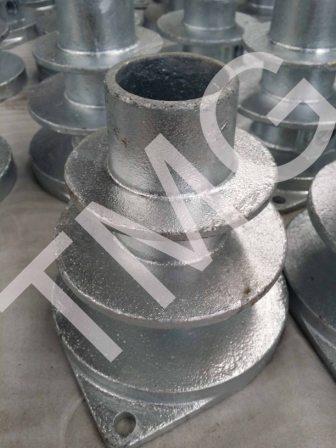
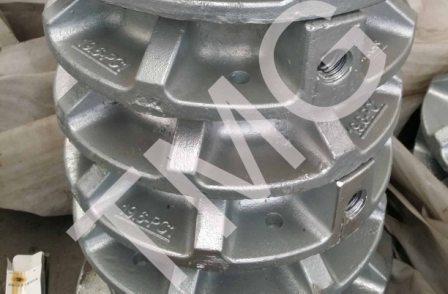
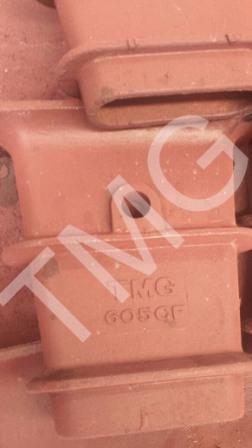
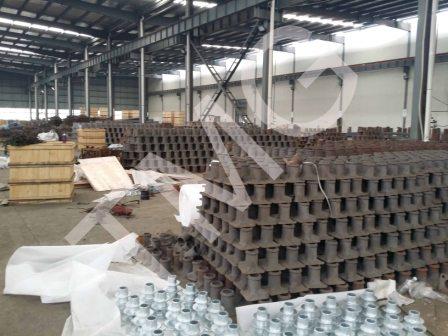
Small State = Small Company, Successful Nation = Successful Company?
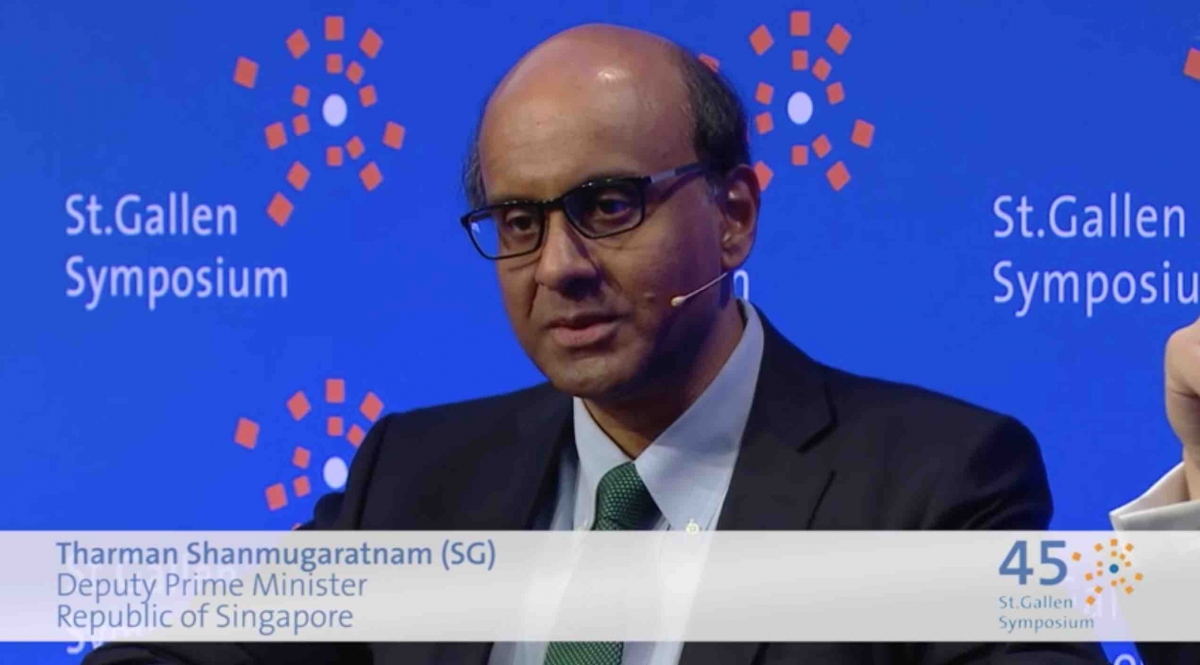
This interesting interview with the Deputy Prime Minister & Minister for Finance of The Republic of Singapore, Mr Tharman Shanmugaratnam, on the 45th St. Gallen Symposium, Switzerland, caught our attention. It is unprecedented that we post a topic on our blog that has no direct connection to the daily activities that we are in.
In this interview, Mr Tharman spoke about the realities and challenges small countries faced. And also how, with limited resources and a small natural market, coupled with a positive attitude of mind, can transform a small country like Singapore, to a successful and prosperous nation, in one generation. We were particularly impressed by the way Mr Tharman conveyed on how we took advantage of disadvantage and how we converted permanent disadvantage to continuing advantage. In this 48 minutes video, many tough and hard-hitting questions were posted to Mr Tharman. And he narrated at length the difficulties and constantly evolving policies to make things work in a digital-age, with unconventional ways, for now and for the future. Learning the path others had navigated and tailoring these experiences to our society to avoid pitfalls.
One can take a few steps back and seriously ponder. Can small company learn from the way Mr Tharman had explained to us? The answer is no other than “YES”!
TMG is a growing post tensioning company on the international arena, has a lot of learn from such a mindset. And it is precisely our presence on the international market, we have to constantly stay ahead of the competition in order to remain relevant.
This video share with us on “the mentality we must have when we have nothing, and the attitude we must possess when we have everything”!
Enjoy the interview…….
Steel Corrugated Duct for Bonded PT
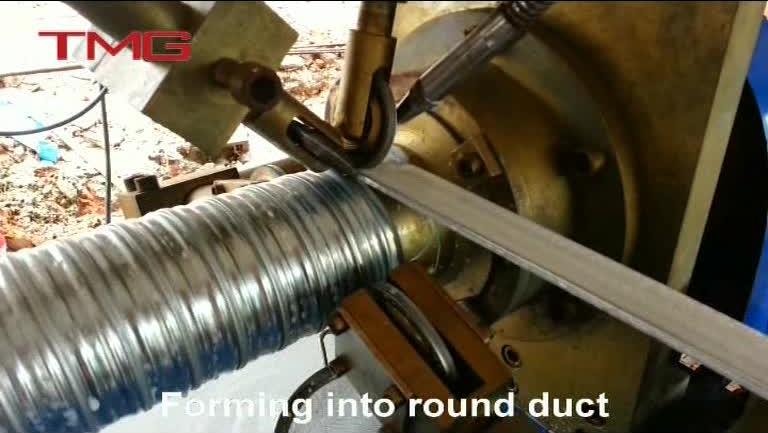
Duct is an important element for bonded post tensioning work. It is essential as it creates a void for the tendon or tensile element. By and large, steel corrugated duct provides the most economical solution to bonded post tensioning work.
Steel corrugated duct are manufactured from a long galvanized strip of steel, normally in the range of 0.25 – 0.40mm in thickness and can be 30 – 80mm in width. It depends on the type of duct forming machine used. These strips are then pressed into a corrugated form before they are fed into a turning wheel to make the edges interlock, and forming into a pipe. And in post tensioning terms, we call this pipe a ‘duct’. And duct can come in 2 types of shapes, round and flat. A steel corrugated flat duct is pressed into shape from a steel corrugated round duct and it is generally used for slab anchorage (not limited).
Duct plays a critical role in providing a corrosion protection environment to the tensile element or tendon (eg. PC Strand). And steel corrugated duct offers excellent bonding behaviour to tendon grout and also the concrete around it. And it is precisely because the duct is a protection to the tendon, its quality is paramount.
Due to the way the steel corrugated duct is produced, bad quality duct can cause huge problems like ‘bleeding’ during the construction process. Most of the time, it is the bad interlocking of the edges between adjacent strips that causes the duct to collapse under the weight of the concrete. This results the concrete to leak into the duct (term ‘bleeding’) and bond with the tendon even before stressing commence.
Operators are well aware of the repercussion bleeding can cause. During stressing, it causes the tendon elongation to fall under the required length even though the stressing jack and pump had worked to its required load. To sum it up, we call this prestressing lost (due to frictional effect). This is a situation everybody wants to avoid.
Duct is also available in plastic form, generally made of polyethylene / polypropylene material. Plastic duct has lesser bleeding issue and it is more commonly found in corrosive environment like waste water treatment tanks, acid tanks, silos etc. However steel corrugated duct is still the preferred choice for providing a homogenous environment to prestressed concrete structure, primarily due to its excellent bonding characteristic. And in some countries, plastic duct are barred because of fire safety regulation. This is because the burning of plastic during a fire hazard can emit poisonous gases and it is harmful to humans.
TMG visited a few project sites and with the blessing of the main contractors, we managed to film the process of steel corrugated duct production. The source of the duct forming machine remains unknown.
Anchor Head, Bearing Plate & Wedge Shipment
Recently, TMG delivered 8 containers of Anchor Head, Bearing Plate and Wedge for a project in South Asia. This project uses a mixture of slab anchors of 4 and 5 strand, and multistrand anchors of 3 to 19 strand. All supplied anchors are for 15.20mm strand size. As post tensioning is becoming more popular in developing countries, we are seeing an upward trend in prestressed concrete structure design.
Just 20 years ago, prestressing seems to be a taboo in these developing countries. Despite the fact that post tensioning can bring a lot of tangile benefits to the whole structure, developers and contractors are conservative in accepting the advantages that it can bring. Many were septical and conventional in the way they viewed civil construction. The growth and popularity of internet helped and transformed the development of post tensioning. With information now easily available over the internet, developers and consultants are more well informed and have better understanding of post tensioning. This information-age development also accelerated the transformation and acceptance of post tensioning, from an unfamilar technology to a widely accepted one today.
As market demand for post tensioning increases, the surge in post tensioning accessories supplies also effected the cost of carrying out such construction to be more transparent, thus bringing benefits to developers and contractors. Products like PC strand, Stressing Equipment (Stressing Jack, Pump, Grouting Machine etc), post tensioning accessories (Anchor Head, Bearing Plate, Wedge etc) become widely available and can be delivered with short lead-time.
Below are some photographs of TMG Anchor Head (before packaging) in our storage warehouse, ready for shipment.
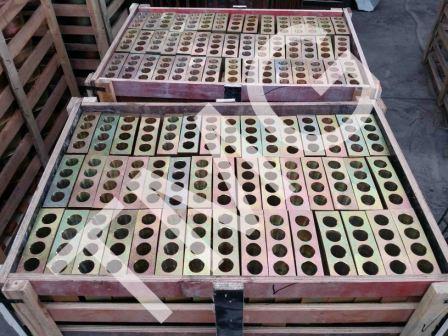
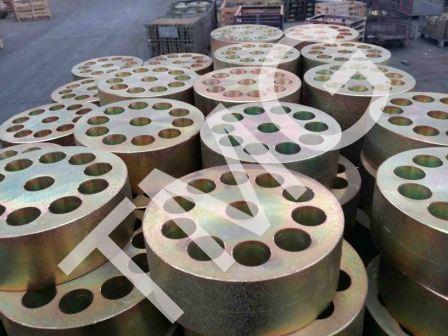
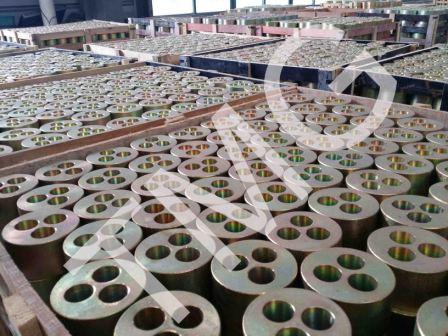
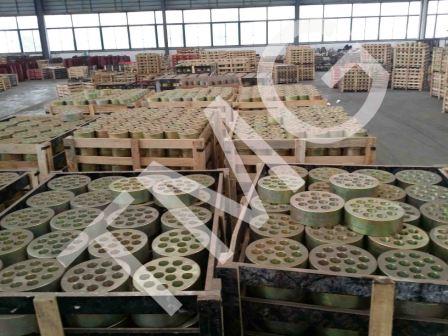
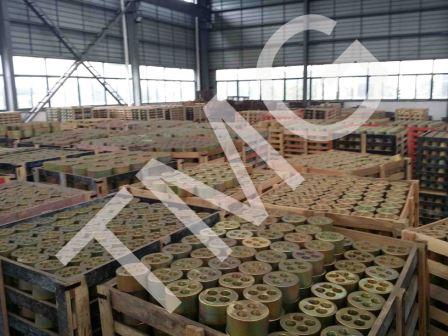
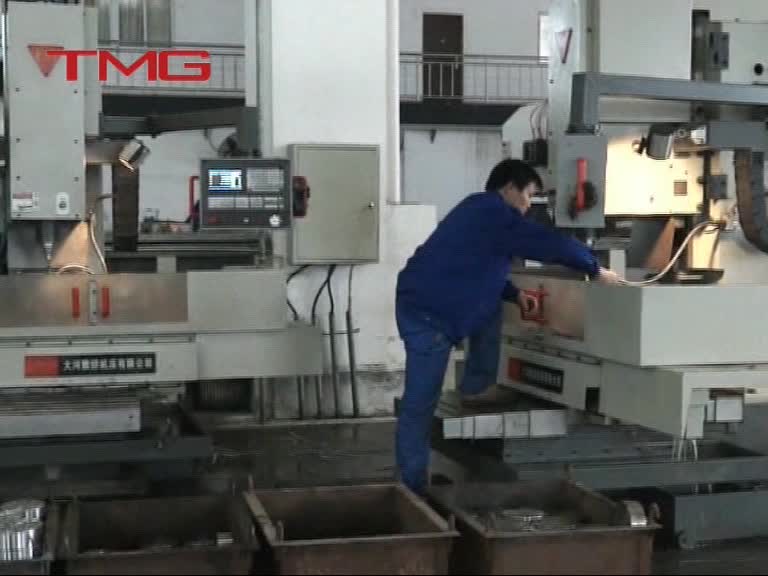
TMG has a few manufacturing facilities catering to different types of products. In the video shown, this is the production area for the manufacturing of
1) Post Tensioning accessories
- Anchor Head (1 to 55 strand)
- Wedge (9.53mm to 21.80mm)
2) Stay Cable (Bridge Cable) (up to 151 strand)
3) Stressing Equipments
- Mono Jack (26 ton)
- Stressing Jack (up to 1500 ton)
- Lifting Jack
- Stressing Pump
- Bond Head Machine
- Compression Fitting Machine
TMG’s capabilities in manufacturing, for high-volume products or in high-mix, low-volume post tensioning related products of the highest complexity, together with years of investments in state-of-the-art process and product technology, sets us apart in the post tensioning industry. Our seamless manufacturing system provides us with total control of the whole manufacturing process, promising product of high quality and good cost efficiencies.
With the help of computerized simulation (3D), we are able to achieve quick set-ups for high-volume production as well as optimized utilization for high-mix, low-volume manufacturing environment with quick turn around time.
We understand every customers' unique expectations and requirements. By leveraging on our invaluable wealth of expertise and capabilities, together with a long history of proven record and successful operations in different parts of the world, TMG strives to exceed customers’ expectations and meet the specific challenges.
Singapore Prestige Class Awards 2014 – 2015
E-Force Engineering Pte Ltd, our longtime strategic business partner, was presented with Luminary Class Award during Singapore Prestige Class Awards 2014 – 2015 Ceremony in Shangri La Hotel on 9th April 2015.
E-Force is a specialist post tensioning company with presents in Singapore, South-East Asia and many parts of Middle East. They specialised in prestressed concrete structural works, primarily for buildings, logistic warehouses, parking facilities, and other special structures. Some of their prominent projects are; the largest mall (Safeer Mall), the biggest Islamic Mosque (Sheikh Zayed Islamic Centre) in Fujairah, as well as the largest resort development (Mina Al Fajer) in Dibba, United Arab Emirates. The prominent Al Hussain Tower in Olaya area, Riyadh, Kingdom of Saudi Arabia, is also one their many achievements.
E-Force’s deep understanding of prestressing work and diverse knowledge on structural works made them the preferred choice among the post tensioning specialists in many regions. And equipped with a complete range of Stressing Jack and other accessories, E-Force is ready to undertake any type of post tensioning works with its certified European Technical Approval (ETAG 013) system.
Having worked along with E-Force team of committed members since their establishment, TMG Global Pte Ltd is confident that E-Force will continuously bring benefits and values to the construction industry.
Moving ahead, TMG and E-Force is embarking on another milestone on Bridge Cable construction. We had seen the dramatic increase in Stay Cable demands over the last few years. And the dynamic requirements to these challenges prompted for more creative and ingenious solutions to meet these ever-changing demands. TMG had since developed a Compression Fitting Stay Cable System in view of this trend. Using the same working principle for anchorage with PC Wire, Compression Fitting Stay Cable System uses PC Strand to further increase the working and dynamic load. And this revolutionary innovation elevates further enhance the dynamism in Cable-stayed bridges.
Lastly, we wish E-Force Engineering Pte Ltd every success on their endeavouring path.
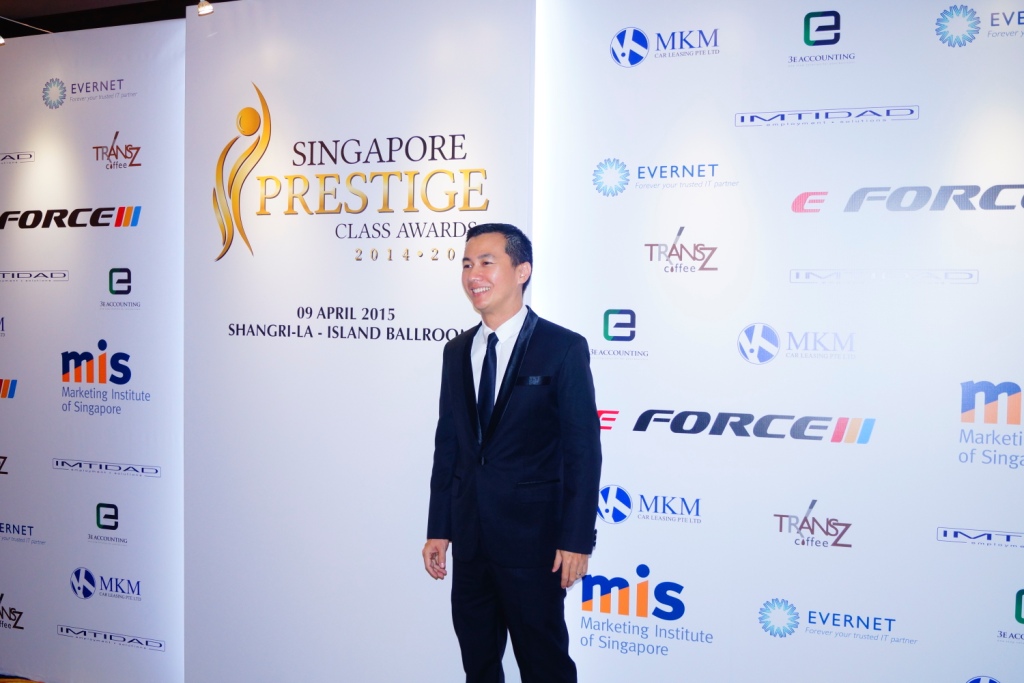
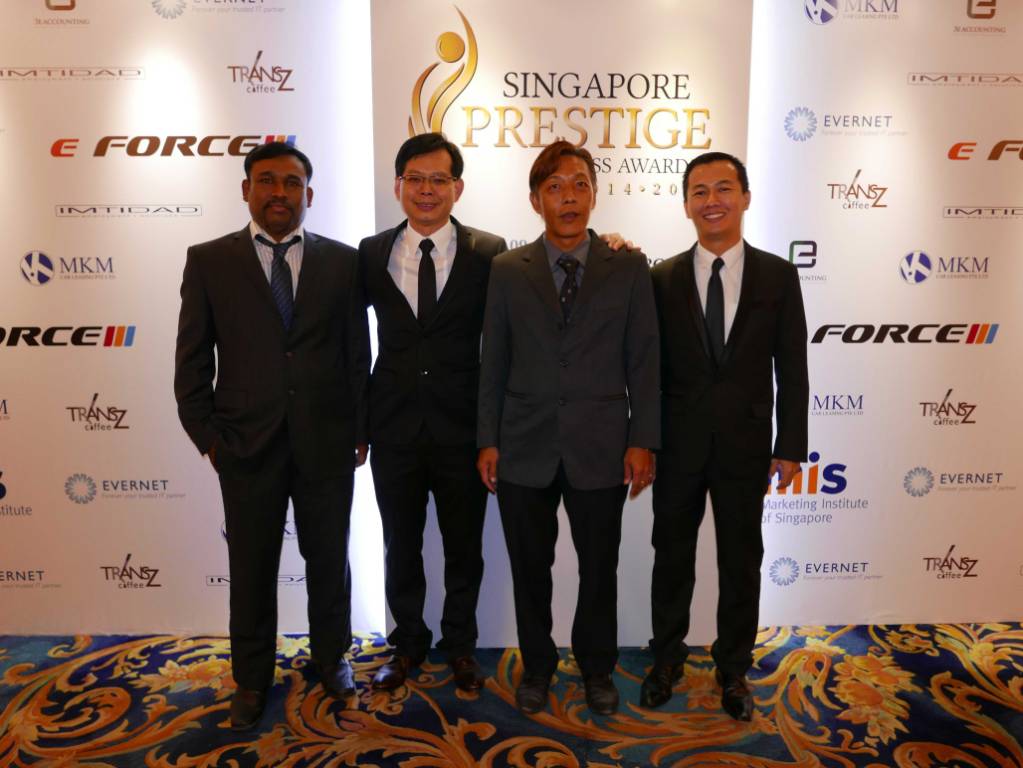
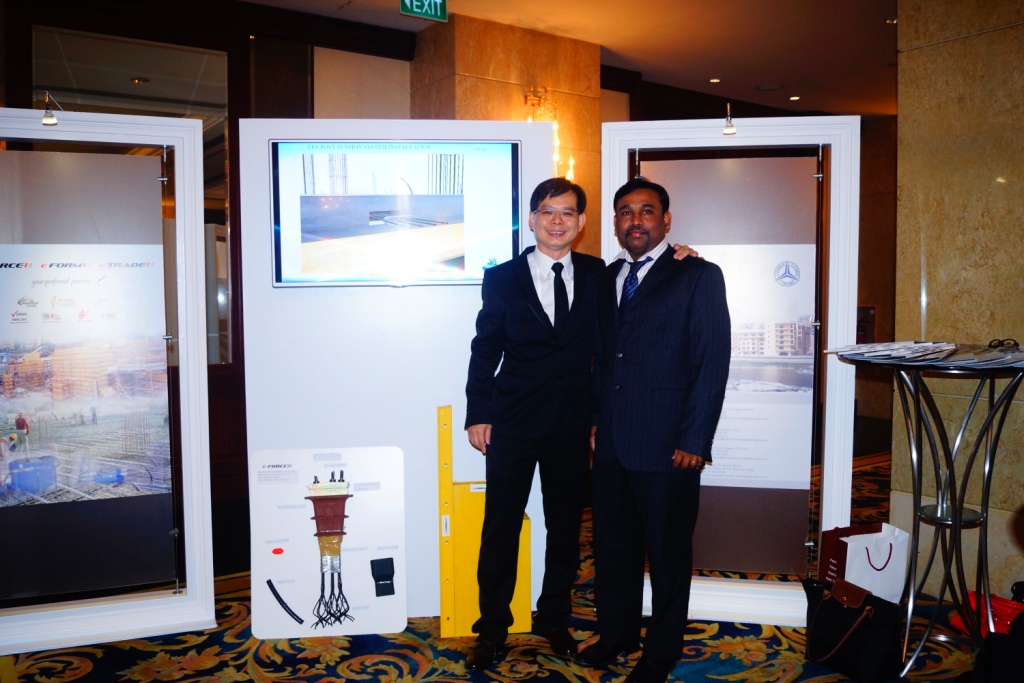
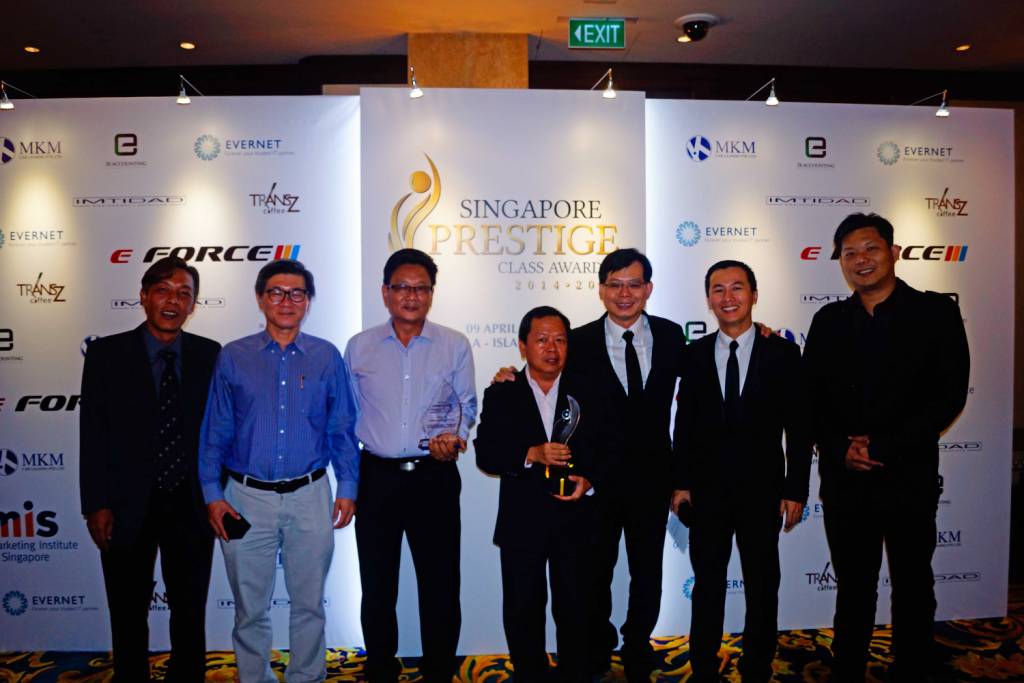
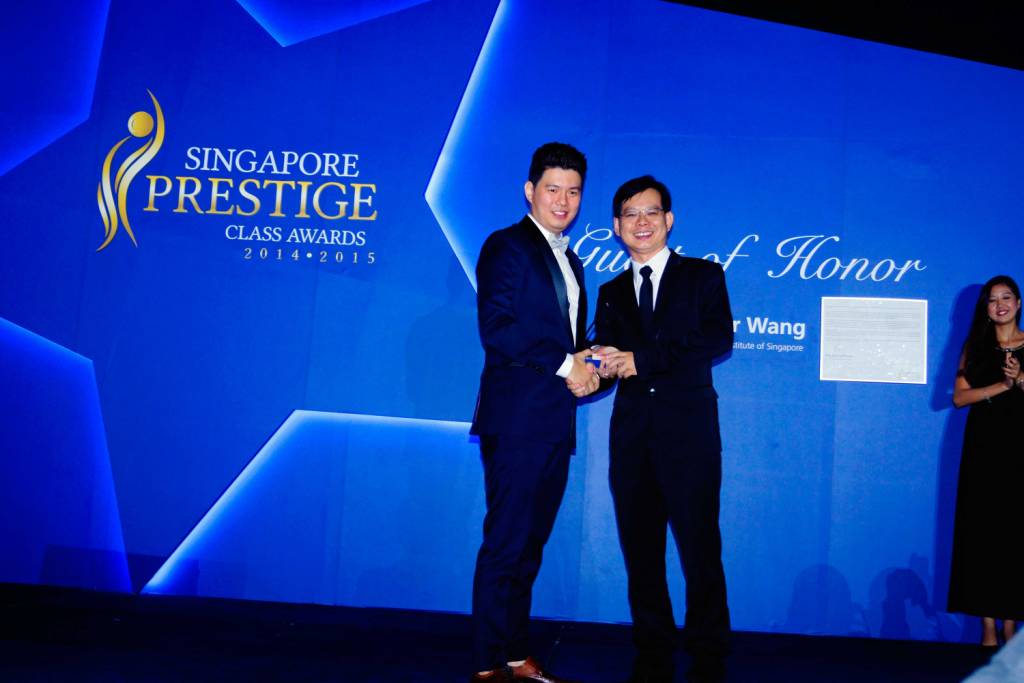
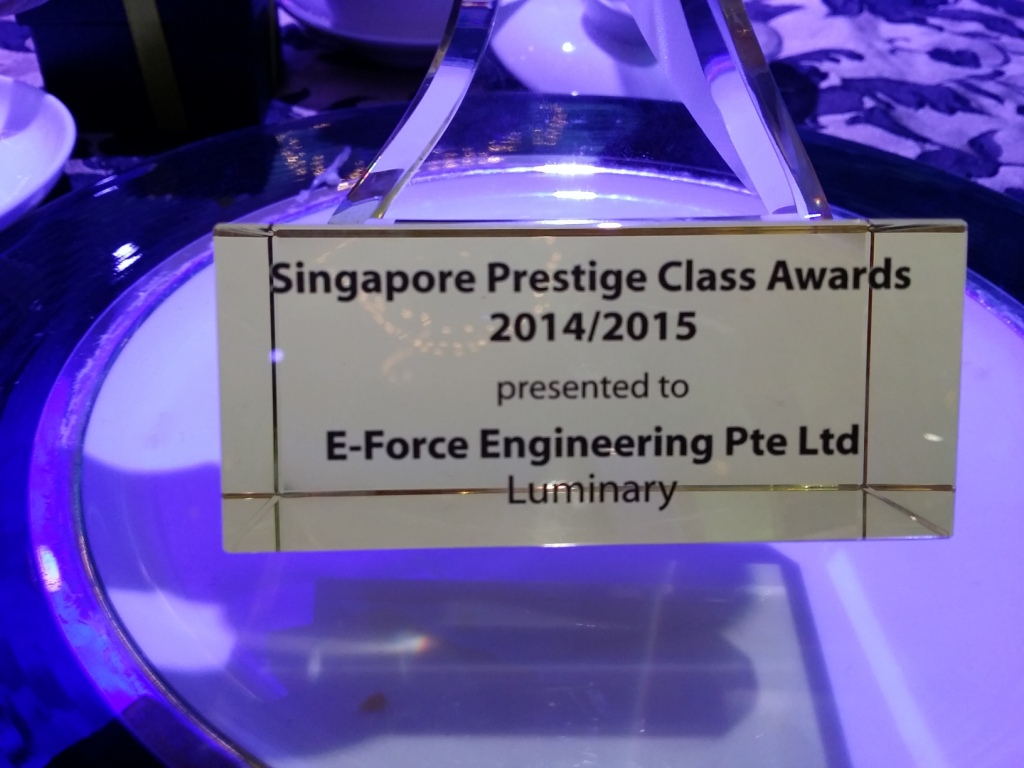
Post Tensioning of Building Slab
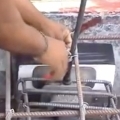
This is a good video showing step-by-step procedure of a building post tensioning slab. These are some of the main steps shown in this video.
- PC Strand preparation, into a uncoiler.
- Cutting the PC strand into desired length and pack them according to tendon size / configuration.
- Forming Fixed Anchors (Dead End) with the use of a Bond Head Machine.
- Positioning the Anchors on formwork with pocket former.
- Installation of galvanised steel duct and Bursting Reinforcement.
- Stranding.
- Securing the Fixed Anchors.
- Positioning of Bar Chairs to achieve desired tendon profile.
- Installation of Grout Vents to tendon.
- Concreting.
- Removing pocket former and installing of Anchor Head & Wedge in preparation for Stressing.
- Marking of PC Strand length for elongation reading (after stressing).
- Stressing using hydraulic Mono Stressing Jack.
- Checking for desired PC Strand elongation.
- Removing excess PC Strand and covering up recess pocket.
- Preparation of Grout material.
- Grouting of tendon and job completion.
Post Tensioning for Building Slab & Beam
These are some site photos contributed by E-Force Engineering for a mixed development project in the western part of Singapore. Post tensioning was carried out for the prestressed concrete structure. Flat Anchors of 3 - 5 x 12.70mm PC strand were used for the slab post tensioning, and multistrand Anchors of 19 x 12.70mm PC strand were used for the beam post tensioning. Both Mono Jack and 300 ton Stressing Jack were used in this project.
